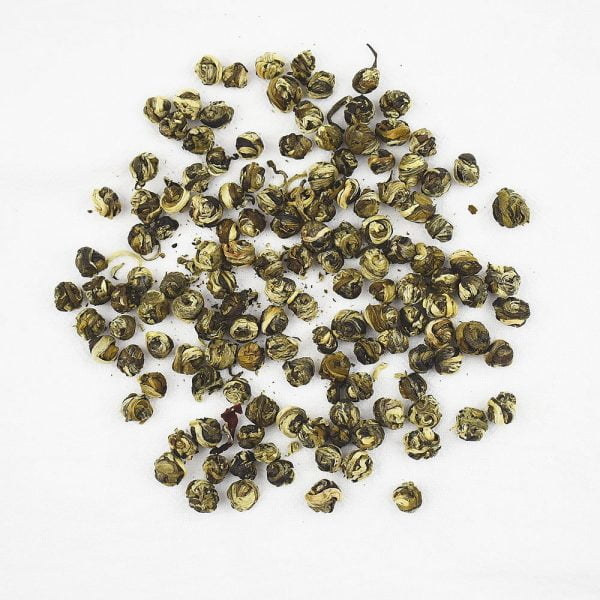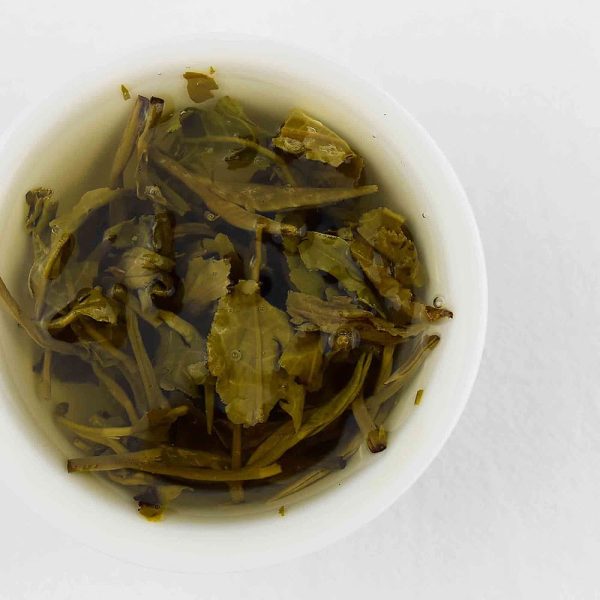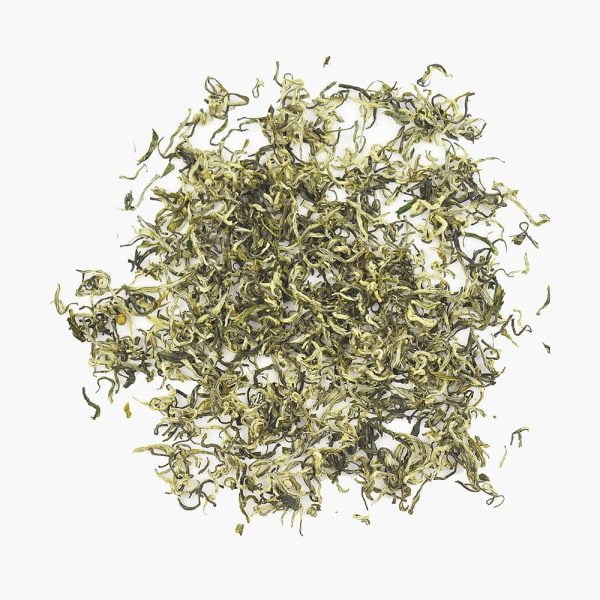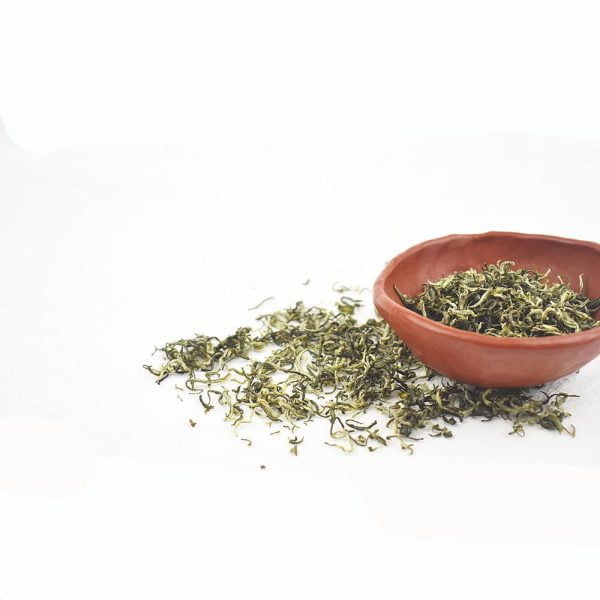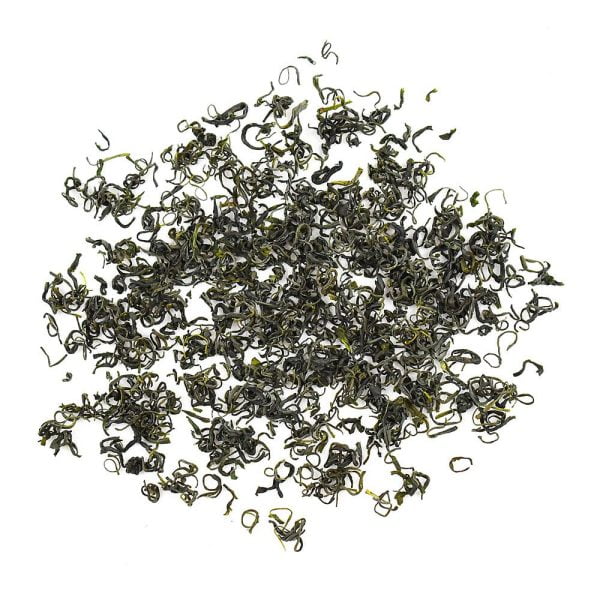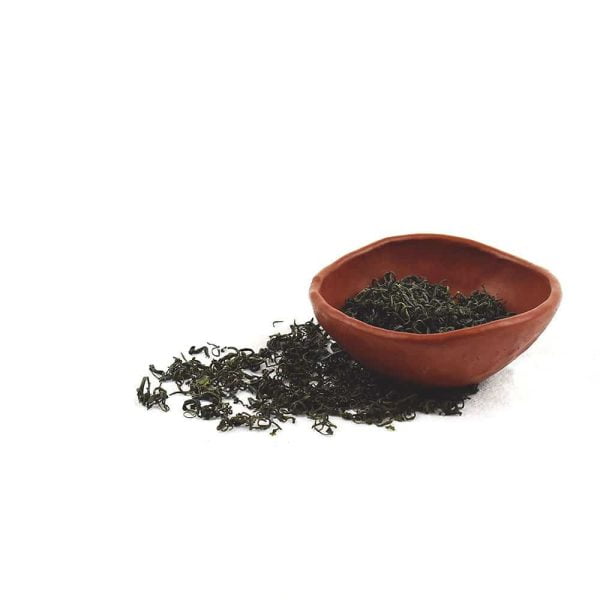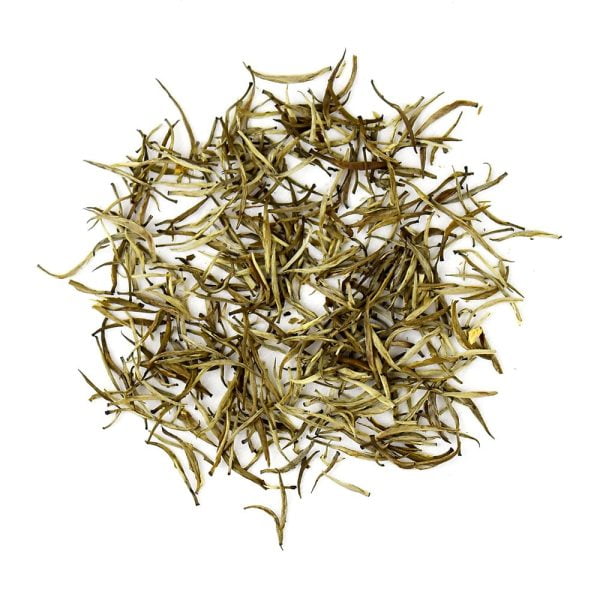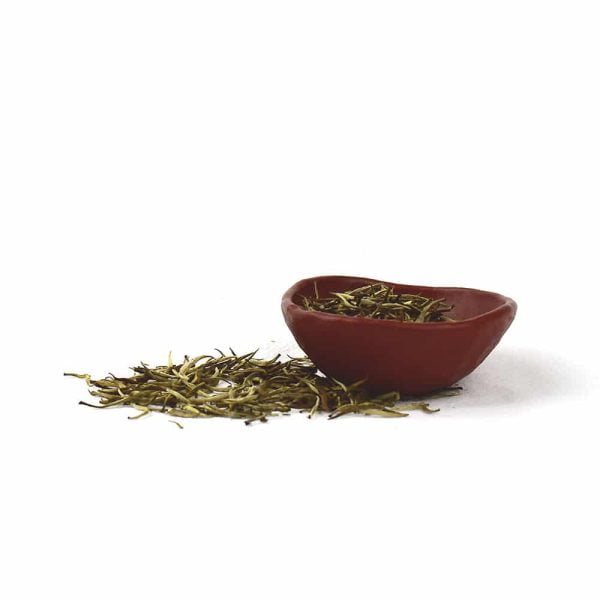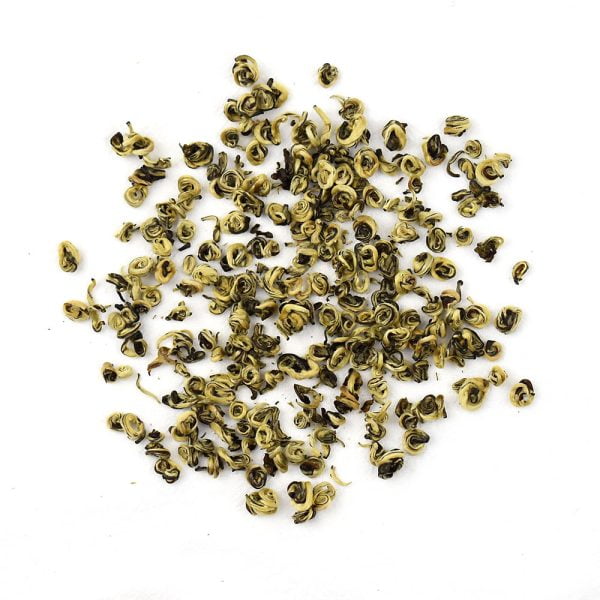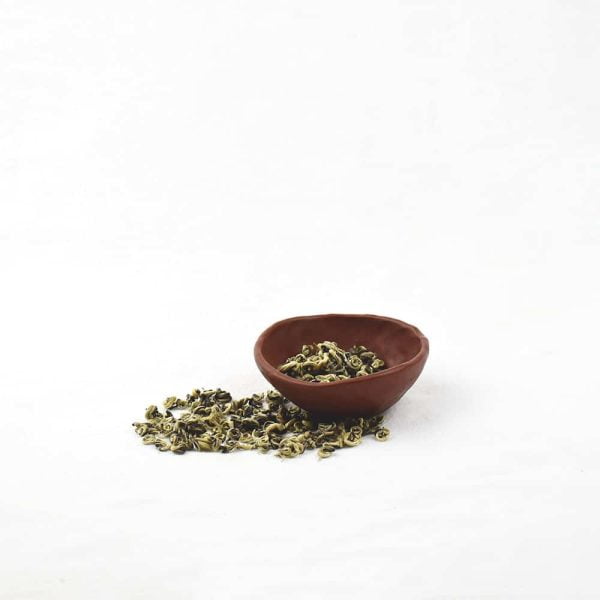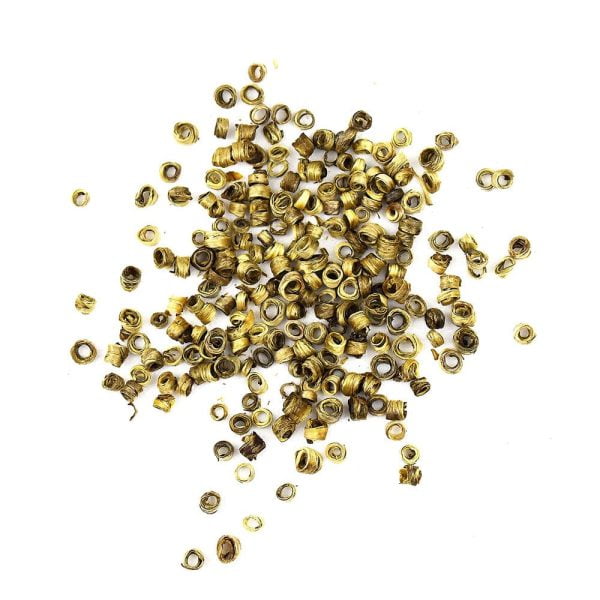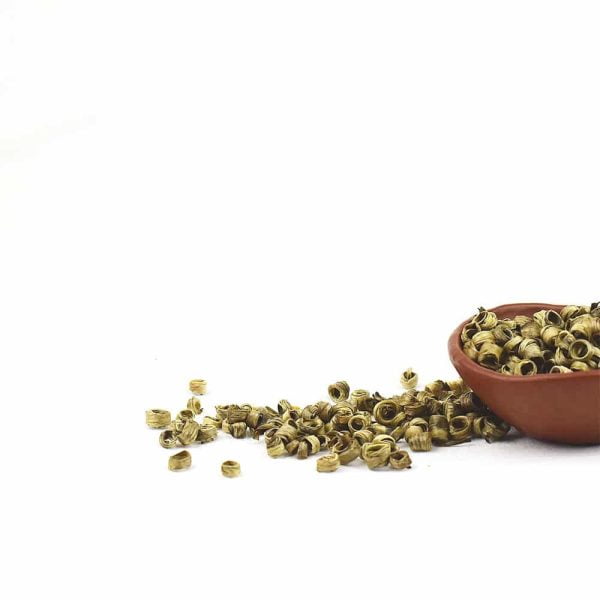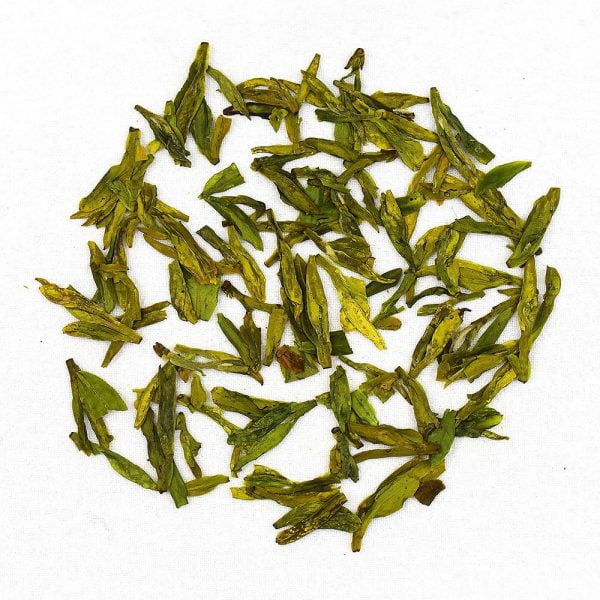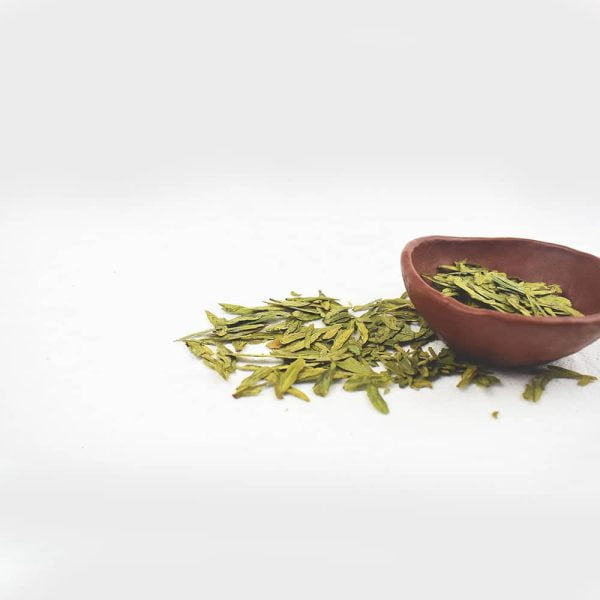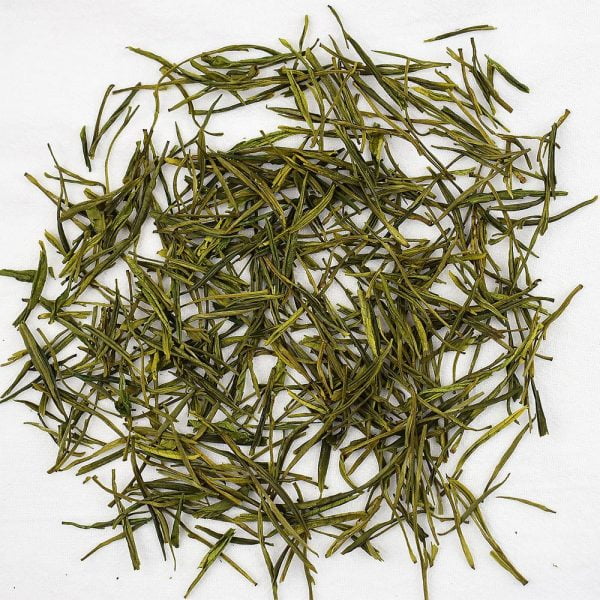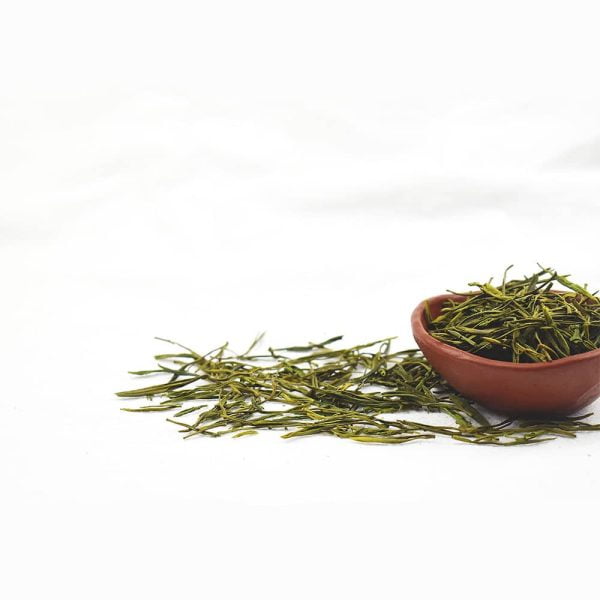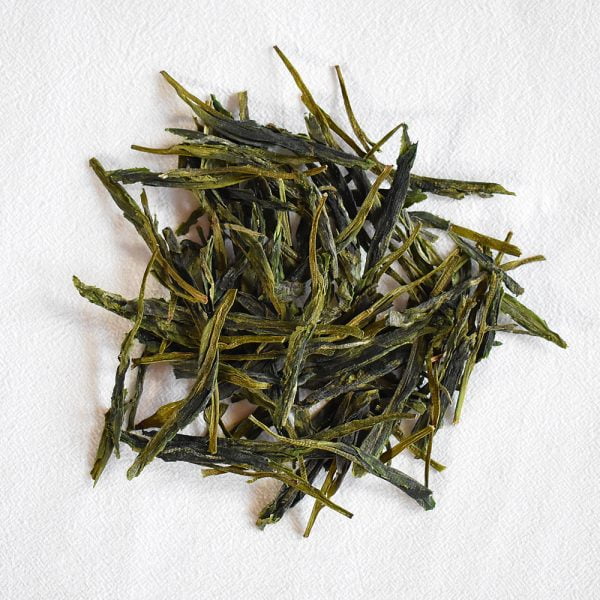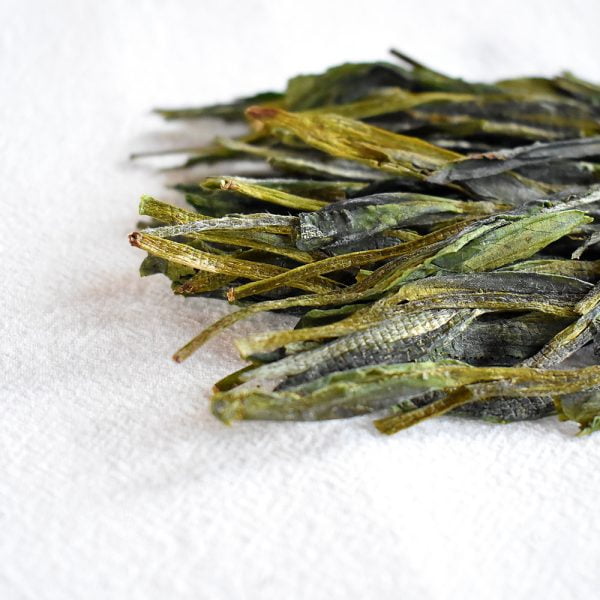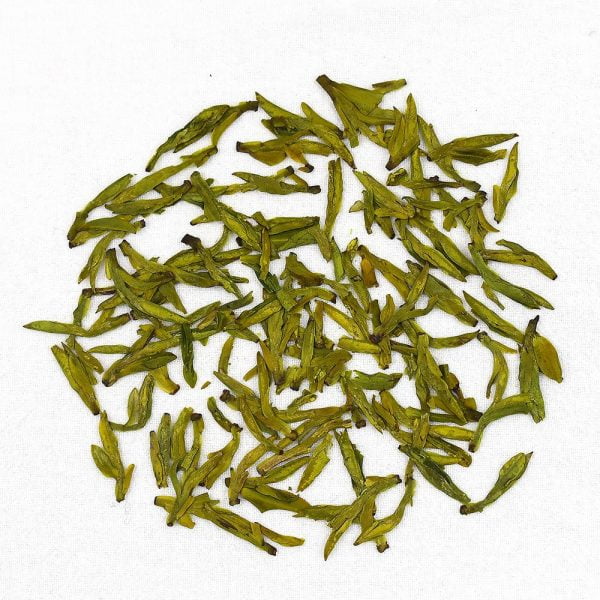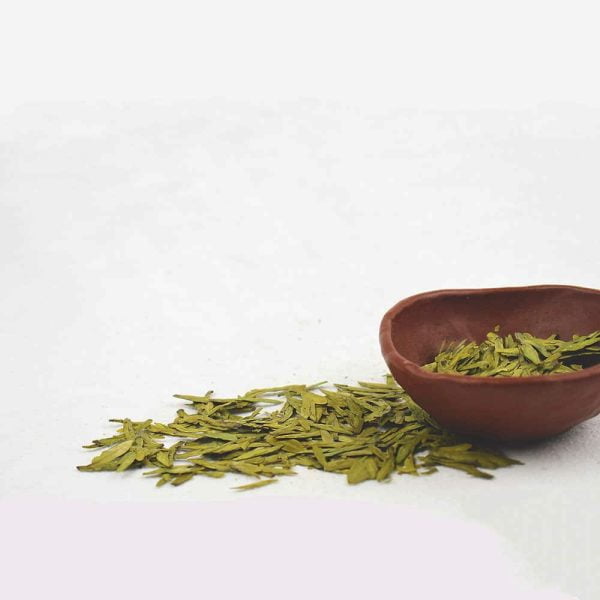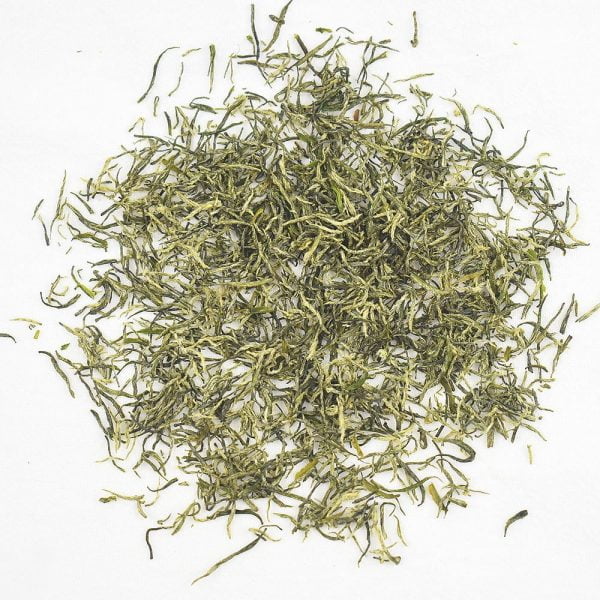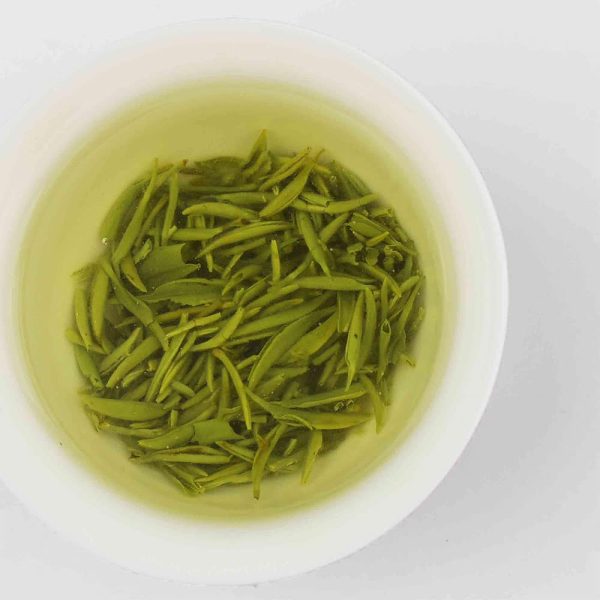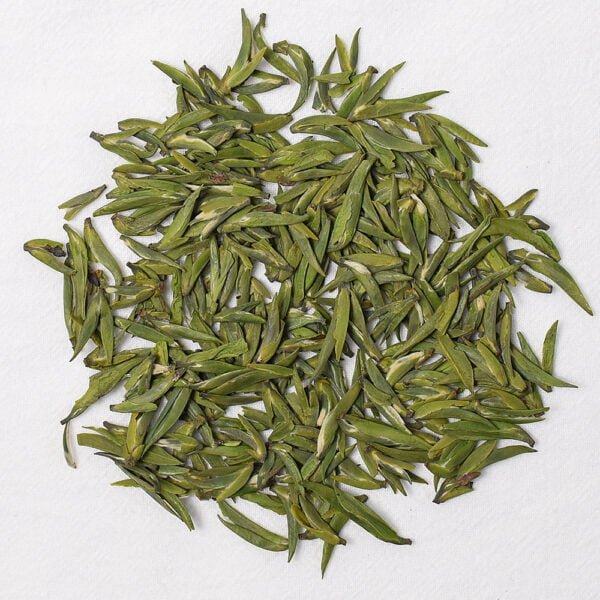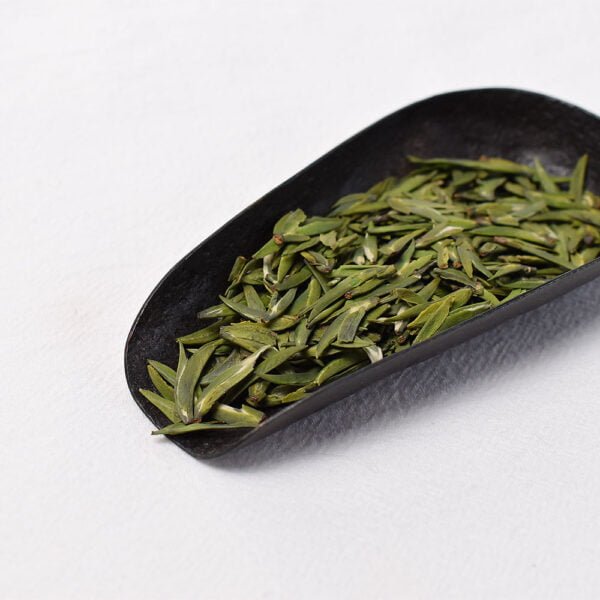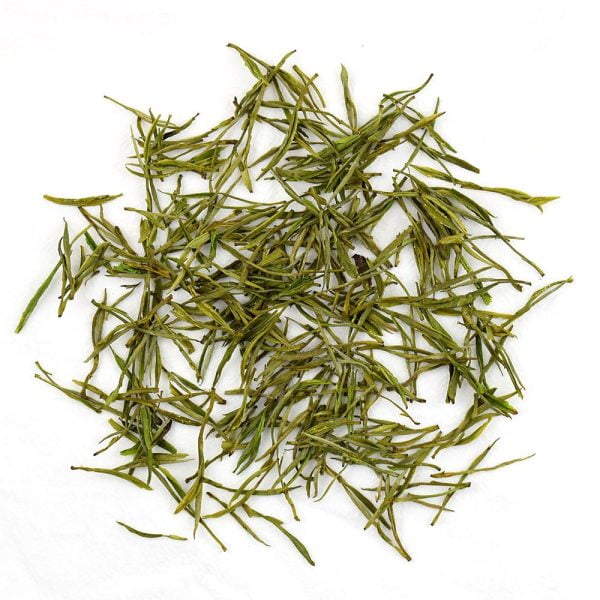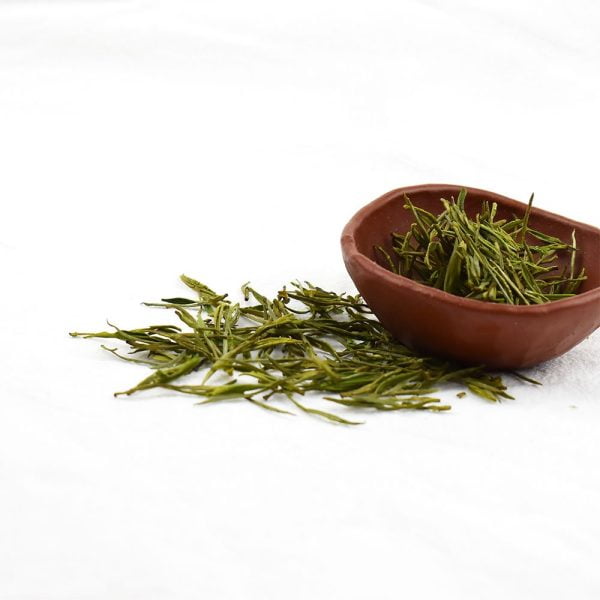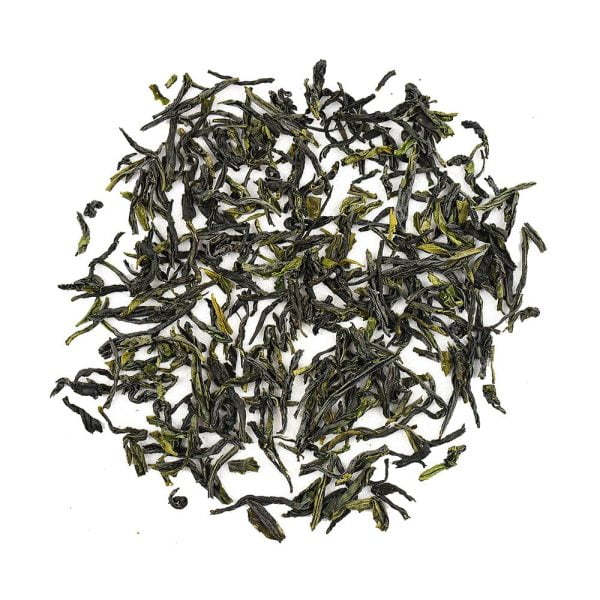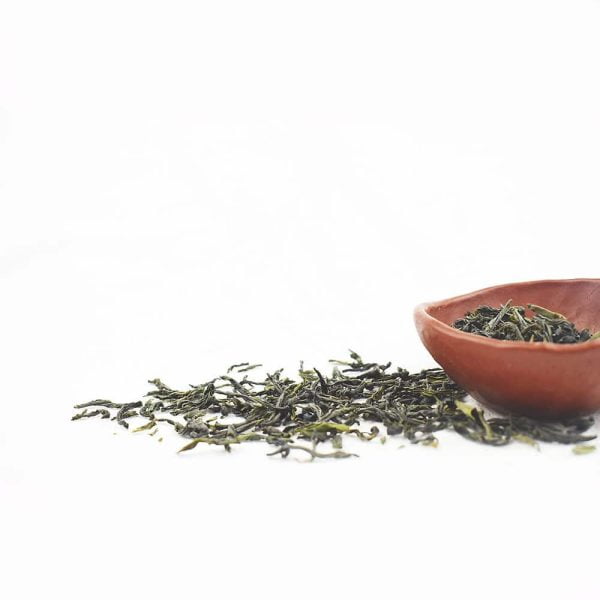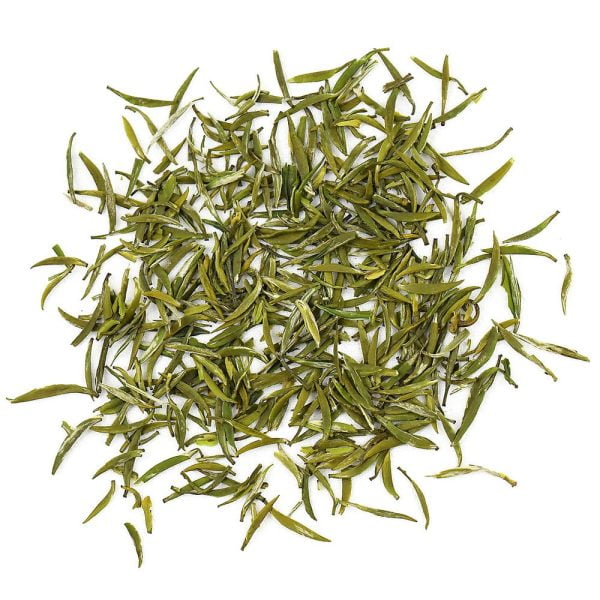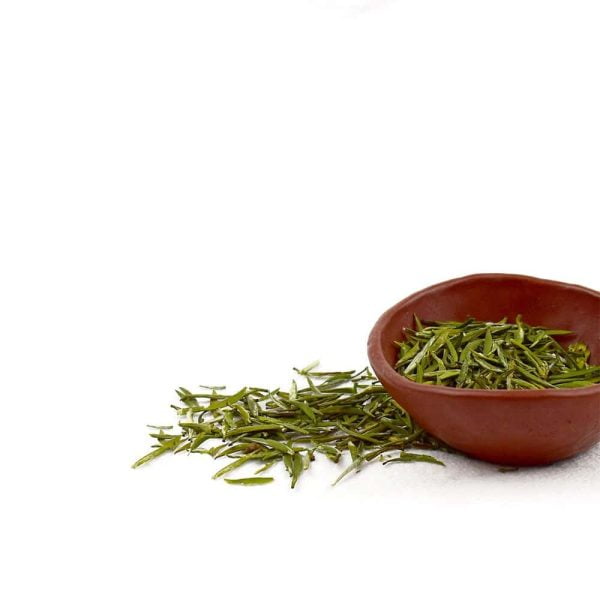Green tea is one of the oldest and most common types of Chinese tea. It is barely fermented so that it remains its original green colour. It also contains more tea polyphenols, catechins, chlorophyll, caffeine, amino acids, vitamins and other nutrients when compared with other types of teas.
How Chinese Green Tea is Made?
Chinese green tea undergoes a no oxidation process, which is why it retains the natural green colour and fresh taste of the plant. The process of making green tea can be simply divided into three steps: fixation, rolling and drying. Fixation is the first and most important because it determines the quality of the tea. In this process, high temperature is used to destroy the enzymes and bacteria in the fresh leaves, preventing further oxidation. High temperature also evaporates the water inside the leaves, making them soft for rolling. The leaves are then passed through hot and/or cold rollers to establish the shape and intensify the flavour. There are three possible methods for drying: steaming, stir-frying and sunning. Drying the leaves not only removes leftover moisture content and prevents mould growth but also eliminates unpleasant tastes and helps to develop the special tea aroma.
Steeping, Brewing, and Serving
When brewing Chinese green tea, teawares or white porcelain Gaiwan is ideal. Through a transparent vessel, you can see the dry tea leaves unfold, rising and falling when the hot water is added, which brings a kind of visual enjoyment. Some tea enthusiasts talk about ‘green rolling clouds’ or ‘underwater forests’. Using glass can also help avoid the unpleasant aromas which sometimes arise with synthetic materials such as plastic. White Gaiwan, on the other hand, brings a different kind of visual enjoyment by providing a contrast with the bright green of the tea.
The quality of water is also very important for green tea. High-quality spring water or purified tap water should be preferred and highly alkaline water should be avoided.
Steeping temperature can range from 80 to 85°C. If the temperature of the water is too high, the chlorophyll of the tea may be destroyed; the polyphenols in the tea leaves will also be oxidised more easily. The tea leaves will then turn yellow. Aromatic substances in the leaves will also be evaporated under very high temperatures, making the tea lose its unique fragrance.
When brewing green tea, about 1g of tea leaves for every 50ml of hot water is recommended. There are three main brewing methods: top-drop, bottom-drop and mid-drop.
Storage of Green Tea
Since the production of green tea involves less artificial processing, natural enzymatic oxidation progresses faster. Therefore, storage methods are very important for green tea. It is best to store it in airtight bags or in cans or jars. An old Thermos flask can also be used. However, it needs to be capped and sealed with wax. It can also be packed in an airtight odour-free food bag and then placed in the freezer. This method improves both storage life and taste. The bag should be sealed firmly and tightly; otherwise, moisture will develop, which degrades the tea.
Five things to avoid in green tea storage:
- Moisture. Green tea is a loose and hydrophilic substance, so it has a high, therefore, humidity should not exceed 70% or the tea will go bad.
- High temperature. The best temperature range for storing green tea is between 0 and 5°C. In warmer temperatures, amino acids, saccharides, vitamins and aromatic substances in the tea will be destroyed.
- Sunshine. Sunshine promotes the oxidation of pigments and lipids in green tea, breaking chlorophyll down into pheophytin. If green tea is stored in a glass container, exposure to sunshine will have a very bad effect on its quality.
- Oxygen. The chlorophyll, aldehydes and vitamin C in green tea will easily combine with oxygen if left exposed to the air. The nutrition value of oxidised green tea leaves is dramatically reduced.
- Odour. The macromolecular palmitates and terpenoids in green tea are not stable and can easily absorb odour. Therefore, green tea should not be stored alongside smelly foods.
For storing Chinese green tea at home, we highly recommend you store it in the fridge wrapped in an aluminium ziplock bag.





